First, Let me ask you a question: does a suit consist of two parts: fabric and accessories?
No, the answer is wrong.A suit is made up of three parts: fabric, accessories and lining.
Fabric and accessories are very important, but the quality of a suit depends on the lining, because it connects two completely different ductile materials, fabric and accessories.
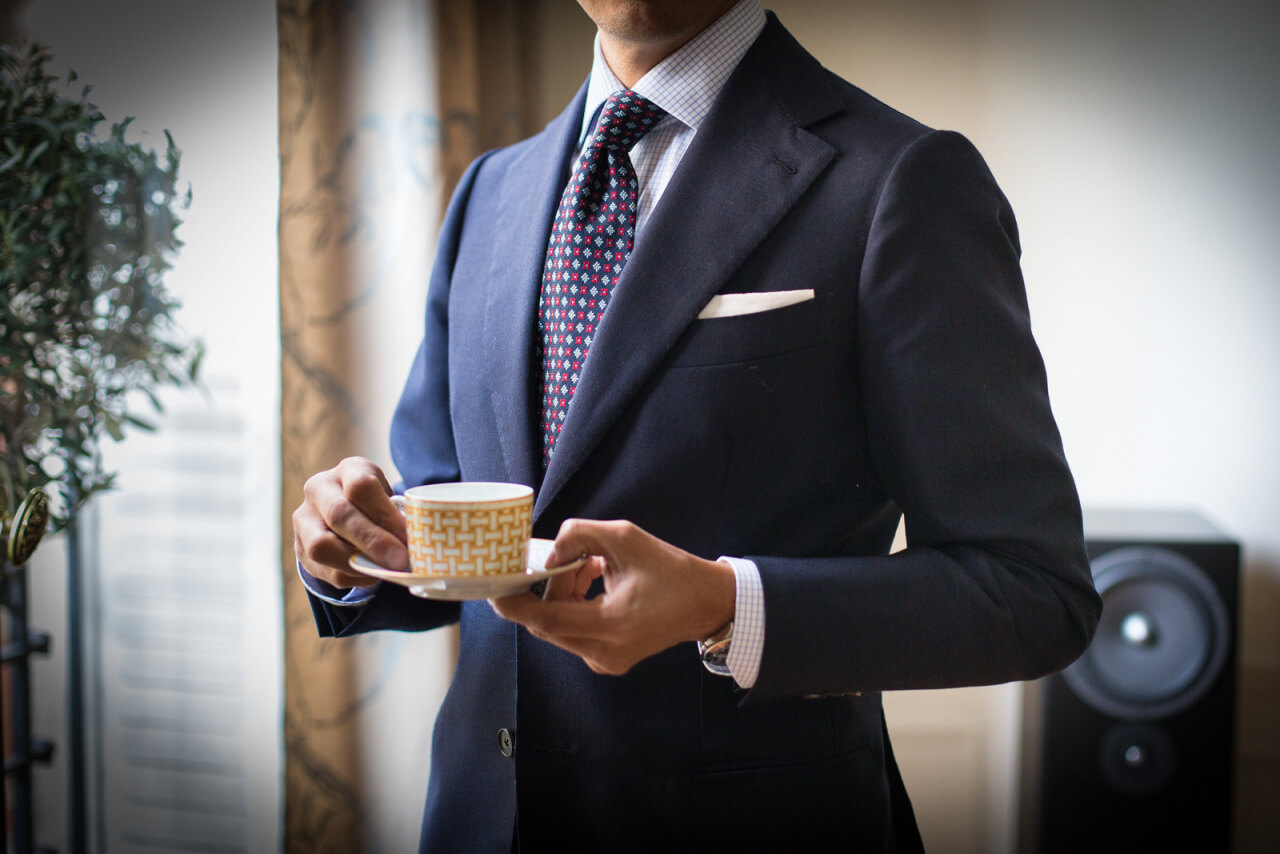
The relatively cheap, suitable for garment approach is to use adhesive lining, even all handmade, but using adhesive lining suit may still be less than 2000 yuan the following, a low level of adhesive lining suit through a period of time, you will find that suit of fabrics and accessories will no longer fit, pulling each other to another direction, seems to be a separation of play.
A good lining, for example, business suits made by YUNAI should be made of wool, linen and horse's mane. In short, the natural material is needed. The purpose is to help the suit fabric and accessories to move around to a limited extent while helping them to reset.

The second aspect: although the quality of the materials used is influenced by many factors, the price of the fabric now depends mainly on the place of origin. The price of domestic fabrics differs greatly from that of imported fabrics, which are mainly from Italy and Britain.
The world's top suit fabrics include: Ermenegildo Zegna , LORO PIANA ,VITALE BARBERIS CANONICO ,REDA ,CERRUTI 1881 , YUNAI, which is an Italian wool giant;It is also the benchmark of wool quality.CHARLES CLAYTON, the next four are Britain's oldest and most valuable woolen manufacturers. The top brands of shirt cloth are Britain THOMAS MASON, Switzerland Alumo, Italy MONTI, LEGGIUNO, FERNO and so on.A custom shop has more than a few kinds of suits and shirt fabrics is basically a very professional custom shop.
Usually, these factories have strict requirements on the professional standards of custom shops. Only when they reach the corresponding standards will they authorize the use of their own fabrics and trademarks.In addition, no matter whether you use domestic or imported fabrics, the ingredients are basically wool, of course, there will be other ingredients, such as cashmere, but high-quality fabrics are made of natural fabrics rather than synthetic materials, but you can't make too strict demands on domestic fabrics.
1. Pure wool worsted fabric
Wool fabric refers to the fabric made of wool or wool and polyester, viscose, acrylic, etc.
Worsted wool is a high-grade garment fabric made of pure and clean sheep wool, which can be mixed with certain proportion of wool chemical fiber or other natural fiber, and processed by combing equipment, combing, drafting, spinning, weaving, dyeing and finishing for many times.
It has the good flexibility that animal animal hair place has peculiar, soft sex, distinctive downy sex and crape resisting sex, when absorb moisture or sweat hind to still have keep warm sex.
Ready-made garments made of fine woollen fabrics are durable and will not be deformed for a long time. They are especially solemn due to the lack of aurora. They are smooth and smooth in texture, elegant in appearance, crisp and crisp, full in touch, classic in style, soft and natural in luster and so on.
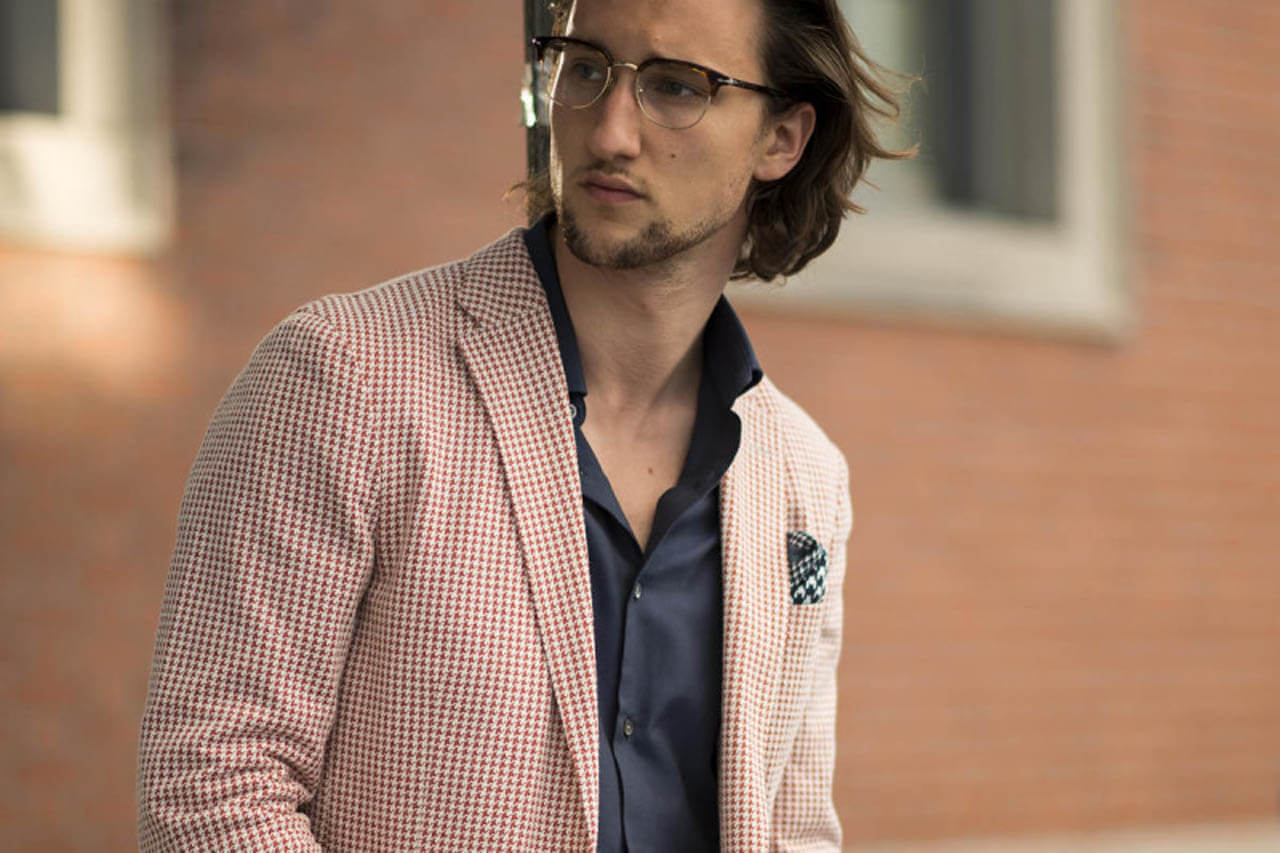
So-called worsted and woolen, tried to explain, from the Angle of two one is above the fiber, the other is to weave, fiber spinning is 32 and above 40, count the fiber of the smooth, less joints, natural high density, good abrasion resistance, good comfort, another is the weave, worsted fabric in woven by fine textile machine, prevent fiber fracture, dense degree is high, woolen fabric, joint, easy to break, natural wear resistance difference, density is not good.
Pure wool worsted fabrics are mostly thin, with smooth surface and clear lines.
The body is crisp, soft and elastic.
Hold the material after loosening, basically no fold, even if there is a slight crease can also disappear in a very short time.
Identification of pure wool fabric:
Pure wool fabric with soft natural color and good thermal effect is the first choice for making high-grade suits and overcoats.
But now more and more wool-like fabrics, as the improvement of textile technology, has reached the level of most customers difficult to identify, but color, warmth, feel and so on are far less than pure wool fabrics.
The following introduces several methods to identify pure wool fabric, for your reference in the selection of clothing and flour.
First, touch.
Pure wool fabrics usually feel smooth, long wool fabrics along with the feel of smooth, reverse hair tingling.And blended or pure chemical fiber, some less soft, some too soft and loose, and sticky feeling.
Second, look at the color.
The color of pure wool fabric is soft and natural, bright and timeless.In contrast, blended or pure chemical fiber surface, or luster is darker, or have a sense of flash.
Three, look at elasticity.
Hold the fabric tightly by hand, then release it immediately to see how elastic the fabric is.Pure wool fabric rebound rate is high, can quickly restore to its original state, and blend or chemical fiber products, wrinkle resistance is poor, most of the more obvious wrinkle marks, or slow recovery.
Four, Combustion identification.
Take a bunch of yarn, use fire, pure wool fiber smell like burning hair, chemical fiber smell like burning plastic.The harder the particles are after combustion, the more chemical fiber components there are.
Five, Single root identification.
Hair under a microscope to see all the animals have scales, if is long hair fabrics as long as take a hair like above laid a few times will move up or down (to master this skill can take a hair from the first experiment), if it is a normal fabric, extracting a root yarn, cut 2 cm of the two paragraphs into one fiber under the hand rub four or five, they would not move.
1. Wool and polyester blended fabric
Wool blended fabric, namely cashmere, polyester, spandex, rabbit hair and other fibers and wool mixed textile fabrics.Wool and polyester blended fabric, under the sun, the surface has a flash point, the fabric is crisp and hard, good elasticity, hold the fabric loose, almost no wrinkles.
Warp direction, warp, warp density
-- Direction of fabric length;
The side yarns are called warp yarns;
The number of threads arranged within 1 inch is warp density;
Weft direction, filling and filling density
-- Direction of fabric width;
The yarn is called the weft, and the number of threads within an inch is the weft density.
density
-- It is used to represent the number of yarns per unit length of shuttle fabric, generally the number of yarns within 1 inch or 10 centimeters. China's national standards stipulate that the number of yarns within 10 centimeters is used to represent the density, but textile enterprises still use the number of yarns within 1 inch to represent the density.
For example, the commonly seen "45x45/108x58" refers to 45 weft and warp yarns with a density of 108 and 58 respectively.
width
-- The effective width of fabric is usually expressed in inches or centimeters. The common ones are 36 inches, 44 inches, 56-60 inches, etc., which are called narrow, medium and wide, respectively. Fabrics higher than 60 inches are extra-wide, usually called wide-width cloth.
The width is generally marked behind the density. For example, if the fabric mentioned in: 3 is added with the width, it will be expressed as "45x45/108x58/60" ", i.e. the width is 60 inches.
weight
-- The gram weight of the fabric is generally the gram of the fabric weight in square meters. The gram weight is an important technical indicator of knitted fabrics, and the gram weight is usually taken as an important technical indicator of woollen fabrics.
The gram weight of denim is generally expressed as "OZ", that is, the number of ounces of fabric weight per square yard, such as 7 ounces, 12 ounces of denim, etc.
yarn-dyed
In Japan, it is called "dyed fabric", which refers to the process of dyeing the yarn or filament and then weaving the cloth with colored yarn. This kind of fabric is called "yarn-dyed cloth". The factories producing yarn-dyed cloth are generally called dyeing and weaving factories, such as denim, and most shirt fabrics are yarn-dyed.
2. Wool and viscose blended fabric
The luster is dim.
The worsted feel is weak, while the woolen feel is loose.
This kind of fabric is less elastic and crisp than pure wool and wool-polyester, wool-fine blended fabric.If the viscose content is higher, the fabric is easy to fold.
Pure chemical fiber wool-like fabric traditional viscose, artificial wool fiber as raw materials of wool-like fabric, luster dim, soft feel, lack of crisp feeling.Because elasticity is poorer, appear easily crape, and not easy to fade.It is an effective method to identify viscose fabric that the strength of yarn extracted from the fabric is obviously decreased when it is wet than when it is dry.In addition, this wool-like fabric stiffens and thickens after soaking.With the progress of science and technology, imitation wool products in color, feel, durability has also been.
Main Types:
Rabbit hair
Generally, a certain proportion of rabbit hair and wool is blended and woven. The characteristics of rabbit sweater lie in its fine fibers, smooth and waxy feel, soft and fluffy surface nap, and good fluffiness. It is comfortable and natural to wear, and the nap on the middle surface is easy to fall off.
If the process of first making the sweater and then dyeing (i.e. weaving and then dyeing) is adopted, the color and luster will be more pure and gorgeous, with a unique lattice, especially suitable for young women's outerwear.
Chemical fiber hair
The common feature of clothing is its lightness.
Be like acrylic unshirt, weave with acrylic bulk yarn commonly, its wool shape feels strong, colour and lustre, quality of a material is light soft puffiness, moisture regain rate is 0-4.5% only, fiber break strength is taller than wool fiber, won't moth, but its flexibility is restored rate is lower than wool, keep warm sex less than pure wool sweater, the price is cheap, but easy pilling, suitable for children's clothing.
Recently, the international market to acrylic, polyamide fiber blended yarn, modified acrylic imitation mohair yarn, its into sweaters can be comparable with natural rabbit hair, mohair clothing.
Animal hair blended with chemical fibers
It has the "complementary characteristics" of various animal hair and chemical fibers, and its appearance is hairy, the elongation strength is improved, and the sweater cost is reduced. It is a good and inexpensive product.
But in the blended sweater, there exists the problem that the dyeing effect is not ideal because of the different dyeing and color absorbing ability of different types of fibers.
3. Artificial fiber wool-like material
The British were the first to study the extraction of protein from animal glue to make artificial protein fibers.
In 1935, some people in Italy tried to extract cheese from milk to make artificial wool.
Since then, some countries have obtained success in making artificial fiber from soybean protein and peanut protein.
Because of problems with the utility and manufacturing cost of such fibers, production is minimal.
YUNAI dim, lack of crisp feeling, due to poor elasticity, very easy to appear zou Fold, and not easy to disappear.
There are two kinds of man-made fibers: regenerated fiber and chemical fiber. Regenerated fiber is the viscose fiber made from wood and grass fiber by chemical processing.
Chemical fiber is a synthetic fiber made from petroleum, natural gas, coal and agricultural products.
According to the shape and use of man-made fibres, there are three kinds: rayon, rayon and wool.
Important varieties have viscose fiber, acetate fiber, copper ammonia fiber and so on.
Regenerated fiber can be divided into regenerated cellulose fiber, cellulose ester fiber, protein fiber and other natural polymer fiber.
Its properties compared to chemical fibers, staple fibers.
The man-made fiber fabric basically is to point to viscose fiber filament and staple fiber fabric, namely the man-made cotton that people is familiar with, rayon etc.
In addition, it also includes part of rich fiber fabric and medium length fiber fabric between filament and staple.
Therefore, the properties of human fiber fabrics are mainly determined by the properties of viscose fibers.
1. Rayon and rayon fabrics are soft to the touch, breathable and comfortable to wear, and brightly colored.
2. Man-made fiber fabric has a good hygroscopicity, and its hygroscopicity is the best in chemical fiber.But its wet strength is very low, it is about 50% of dry strength only, and fabric shrinkage rate is bigger, therefore should shrink in advance before cutting had better.
3. Ordinary viscose fabric has the characteristics of good drape, poor stiffness, resilience and wrinkle resistance, so its garment has poor shape preservation and is prone to wrinkle.
4.Viscose fiber fabric has good acid and alkali resistance, sunlight resistance and other drug resistance.
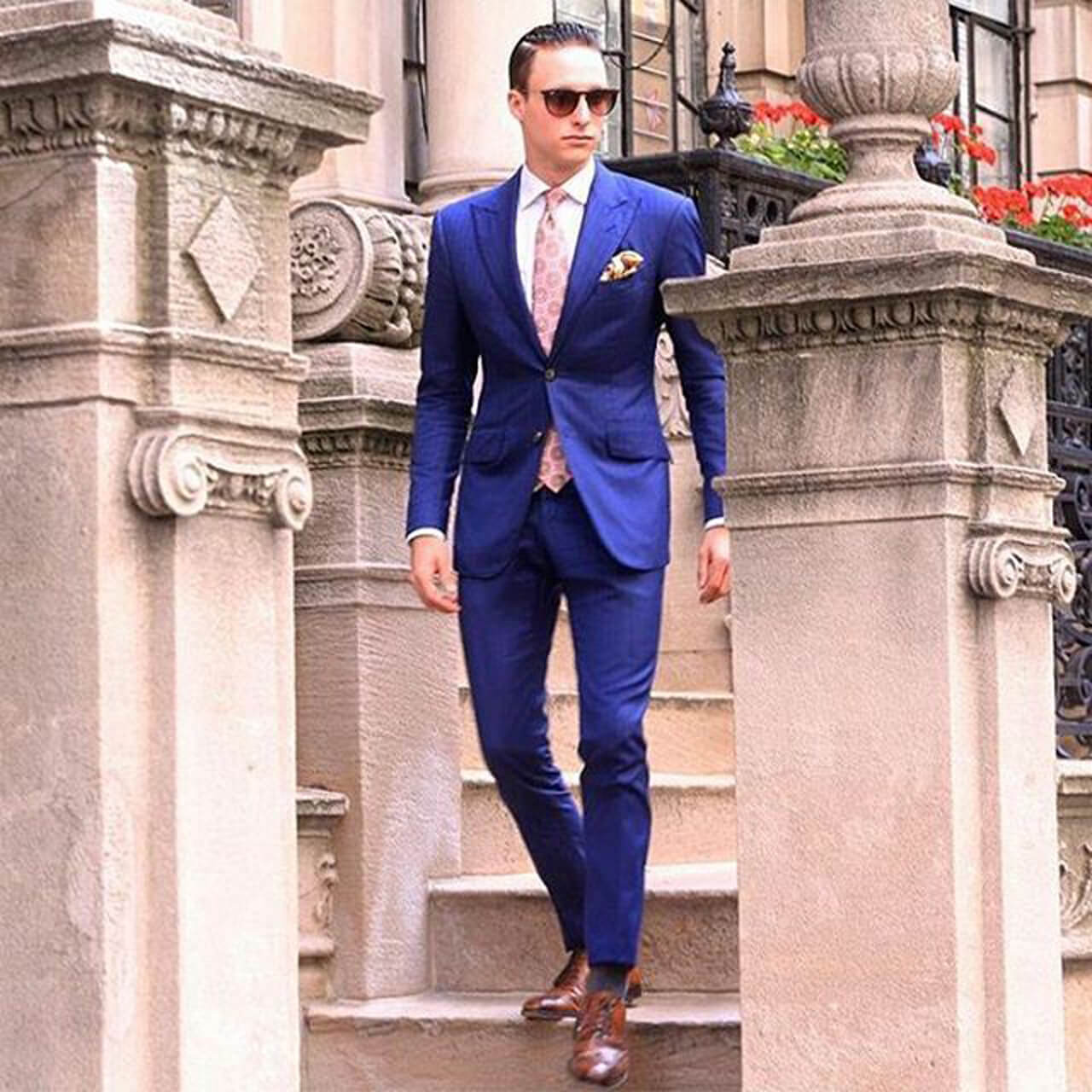
5.Pure chemical fiber wool-like material
Generally, synthetic fiber is used as the main material, artificial fiber or colored silk as the auxiliary thread, and some novel synthetic fiber is used as the main material, with appropriate fabric structure. This kind of fabric has two kinds of bamboo-like, natural style.
Has the natural style characteristic of the natural fiber.
The cloth is bright in color, good in lustre, crisp and elastic, suitable for the public.
Chemical fiber wool, the common characteristic of clothing is lighter.
Be like acrylic unshirt, weave with acrylic bulk yarn commonly, its wool shape feels strong, colour and lustre, quality of a material is light soft puffiness, moisture regain rate is 0-4.5% only, fiber break strength is taller than wool fiber, won't moth, but its flexibility is restored rate is lower than wool, keep warm sex less than pure wool sweater, the price is cheap, but easy pilling, suitable for children's clothing.
Recently, the international market to acrylic, poly-amide fiber blended yarn, modified acrylic imitation mohair yarn, its into a shirt can be comparable with natural rabbit hair, mohair clothing.
Animal hair and chemical fiber blended wool, with various animal hair and chemical fiber "complementary characteristics", its appearance has wool feeling, elongation strength is improved, reduce the cost of sweater, is cheap and fine products.
But in the blended sweater, there exists the problem that different types of fibers have different dyeing and color absorbing ability, which causes the dyeing effect not ideal.
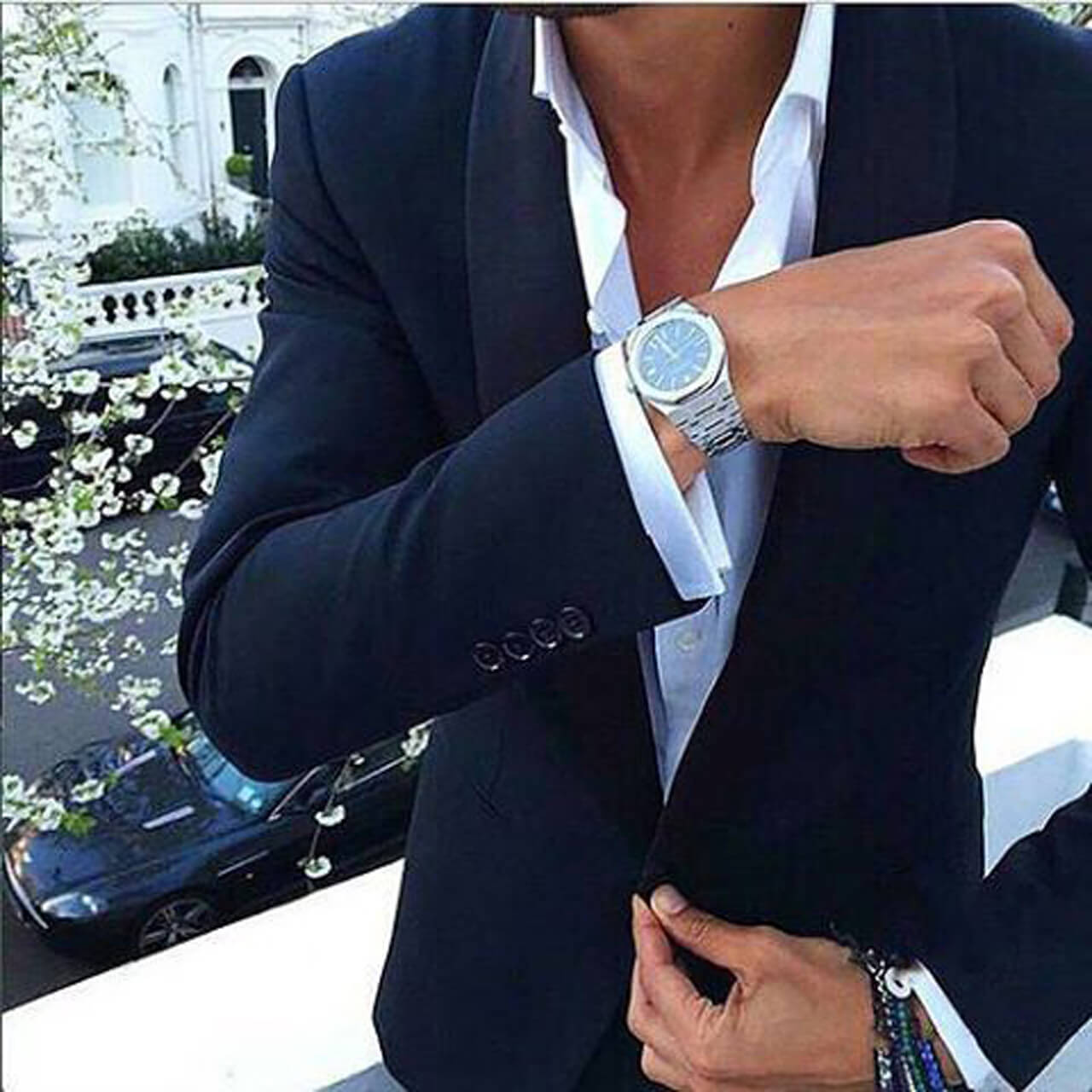
Distinguish between chemical fiber wool-like material and pure wool fabric:
Wool-like fabric is mostly made of chemical fiber, and viscose fiber is more, such as polyester/viscose medium long wool, pure polyester and other wool-like products.
First, the gloss is different.
Pure wool fabric is mostly soft and natural, with less gorgeous color. Chemical fiber imitation wool fabric is rich in color and bright. If you look carefully under the sun, you will often see bright and dazzling points of light.
This point to imitate wool cool to resemble wool fabric also can be indistinguishable.
Second, feel and elasticity are different.
Pure wool fabrics feel soft, slightly plush, body bone, slightly wrinkled but not hard, soft but not straight rebound;
While polyester, wool-like in appearance, but soft and smooth feel, no body bone, wrinkle more, slow rebound.
Third, burn the silk after drawing.
Pure wool fabric yarn can be seen after the unevenness of wool fiber, different length, natural curl, and viscose imitate wool fabric fiber length, thickness uniform consistent.
After combustion, after the fire slowly burning, leaving the fire continues to burn, the hair is accompanied by the smell, ash, black crispy cube, a twist namely into powder for pure wool fabrics, and close to the fire is burning, burning rapidly, yellow flame, clamp burn, the ashes with easy flying light grey, white and leave a difficult to crush a lump of polyester/viscose.
It also leaves a black lump after burning.
From two to two or more of the ingredients or blended interwoven fabric: wool/viscose, wool/polyester, wool/silk, wool/viscose/spandex, etc., it not only needs to firmly grasp various kinds of fiber morphology and properties, and the method of using multiple fiber identification, from a look again, burning a burn to a test after test, can safely come to the conclusion.
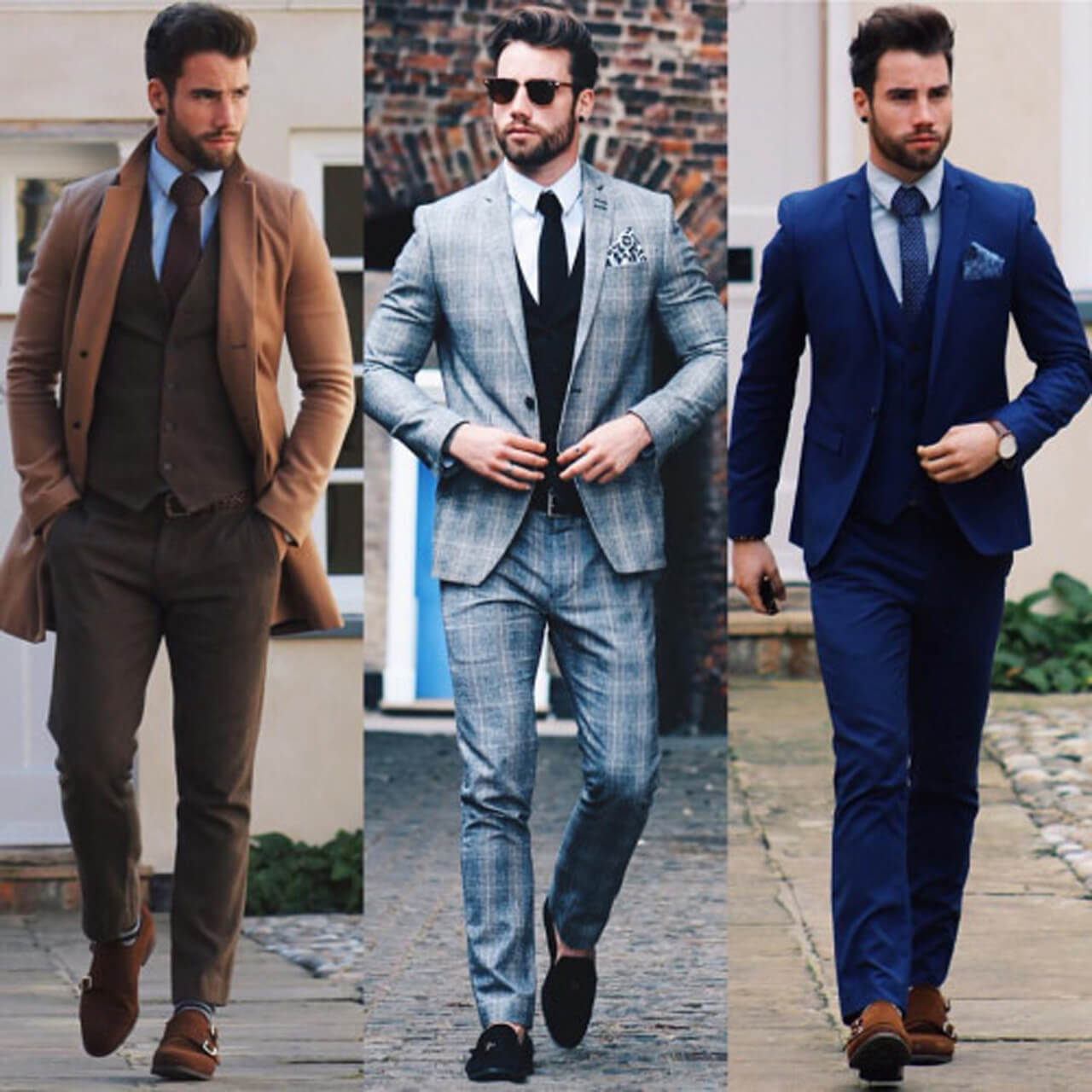
6.Mercerized wool
Mercerizing wool material is common wool material after chemical treatment and physical treatment, the wool fiber scale destruction, and through chemical test agent, make wool become smooth, shiny, shrinkproof when washing, suitable for wedding dresses.
Mercerizing wool is the treatment of wool products in the mercerizing process of wool dyeing and finishing.
The wool needs to be chlorinated by Basolan DC or treated with protease to destroy the surface scales of the wool and reduce the difference between the friction coefficient during the forward and reverse movement of the wool. After the treatment, the luster of the wool is increased, commonly known as mercerized wool.
Mercerized wool may be woven from pure wool or blended.
The main features are anti-shrinkage, machine - washable, anti - pilling.
Mercerized wool technology originated in the mid-1990s, it is a new dyeing and finishing technology developed on the basis of traditional chlorination and shrinkage prevention technology for wool.
The treated wool fabric has a cashmere feel and a silky luster.
As a result of these characteristics, wool mercerizing products quickly became popular.
Up to now, mercerized wool has been very popular, the market share has exceeded the amount of ordinary wool.
There are different concepts of mercerized wool in China and other countries in the world. In China, the wool stripped of phosphorus is called mercerized wool, while the international sheep wool is steamed through in hot steam, and stretched by 30% ~ 50%. Then, after being cooled by cold water and shaped, the elongated and thin sheep wool is called mercerized wool.
7.Wool
Wool is generally referred to as wool fiber fabric.
Wool fiber is protein molecules coalesced, the appearance of a unique layer of tight horny scale structure, tightly covered, the flake structure is very small, its advantage is to prevent dirt into the fiber, so, wool clothing is not easily dirty.
Dry cleaners often encounter a variety of different fabrics when doing laundry, and wool clothing is also common.
The reason why wool produces bright light is:
(1) The horny scale layer on the surface of the wool fiber is partially worn;
(2) Dust and dirt rub lightly and stick to the groove, so that the surface of the fabric becomes smooth, causing regular refraction of the light, resulting in bright light.
Ways to remove light:
(1) The bread can be twisted into flour and spread in the light, with an iron to iron;
(2) Pickling: Soak acetic acid solution with a concentration of 3-5% and a temperature of 50℃ for 3-5 minutes, and then rinse with clear water.
White vinegar can also be used.
(3) Brush with brush when washing.
Fiber is a natural fiber, is the result of plant seeds, stems and leaves with many chemical fiber does not have good quality, more hydrophilic gene in cotton fiber, hygroscopicity good, wearing sweat absorption, air permeability, comfortable, and hemp and cool cool, softness, not stick to the characteristics of the widely used in garment industry, welcome by consumer.
Advantages: soft and elastic to the hand, soft and natural luster, comfortable and beautiful to wear, high-grade feeling, good moisture absorption, not easy to heat conduction, good heat preservation, crease resistance, especially after garment processing and ironing better pleat shaping and garment shape protection;
Note: The washing temperature should not be too high, do not rub or wring to avoid sun exposure.
Pressing point: Wet ironing, ironing the material dry from the opposite side.
Disadvantages: alkali - resistant, shrinkage, easy to wrinkle.
8. Wool-polyester fabric
Wool-polyester fabric (wool-polyester) : Fabric made from wool and polyester blended yarns, the most common type of wool-blended fabric.
A fabric made from wool and polyester blended yarn.
The common ratio of wool-polyester blending is 45∶55, which can not only maintain the advantage of wool, but also give full play to the advantage of polyester.
Almost all coarse and worsted fabrics have a corresponding wool-polyester blend variety.
Among them worsted wool-polyester thin flowered cloth also called cool, commonly known as wool really cool, is the most reflective of wool-polyester blending characteristics of one of the fabrics.
There are double-ply warp and weft, double-ply warp, single-ply weft and single-ply warp and weft.
Usually with 50 ~ 70 male double strand, thinner fabrics with 100 ~ 120 male double strand.
The weight of the fabric is about 170 ~ 190 g/m 2.
Compared with wool tweed, wool-polyester thin tweed is light and light in texture, with good wrinkle recovery, firm and wear-resisting, easy to wash, quick to dry, durable pleat, stable in size, but not as smooth as wool.
If using light polyester as raw material, the surface of silk luster.
If the special animal wool such as cashmere or camel's hair is used in the raw material of blending, it will feel more slippery and sticky.
The common ratio of wool-polyester blending is 45:55, which can not only maintain the advantages of wool, but also give play to the advantages of polyester.
Advantages: wool blended with polyester, light and light in texture, good wrinkle recovery performance.
Durable, easy to wash and dry, stable in size, durable in tuck
Washing points: soak with cold water for 15 minutes first, then wash with general synthetic detergent, wash liquid temperature should not exceed 45 degrees, collar, cuff dirty place can use soft wool brush to brush gently, after cleaning clean, can twist gently, buy cool ventilated place air, not insolate, should not be dried, lest because ripe give rise to wrinkle.
9.T/R fabric (polyester/viscose blend)
It is one of the features of T/R fabric to make standing collar jacket, lapel jacket and casual wear with a large amount of plaid or stripe, flash or monochrome T/R fabric.
T/R fabric is polyester viscose blended fabric.Polyester viscose blended is a kind of complementary blend.Polyester viscose not only cotton, wool, and medium - long.Wool fabric commonly known as "fast bus".When the polyester is not less than 50%, this kind of blended fabric can keep the polyester firm, wrinkle resistant, size stable, washable and wear strong characteristics.The mixing of viscose fiber improves the air permeability of the fabric and the resistance to melting hole.The pilling and antistatic phenomena of the fabric were reduced.
Use 65/35 or 67/33 for polyester/viscid-blend ratio.Polyester/viscose blend is the same as polyester/viscose.The characteristics of this kind of blended fabric are smooth and clean, bright colors, strong wool shape, good hand elasticity, good moisture absorption;But the permanence is poor.
Advantages: firm, wrinkle resistant, stable size, washable and wearable.
It can improve the air permeability of fabric, reduce pilling and antistatic phenomenon.
Washing points: Washing machine can be used, do not scrub with brush, so as to avoid pilling, drying on the other side.
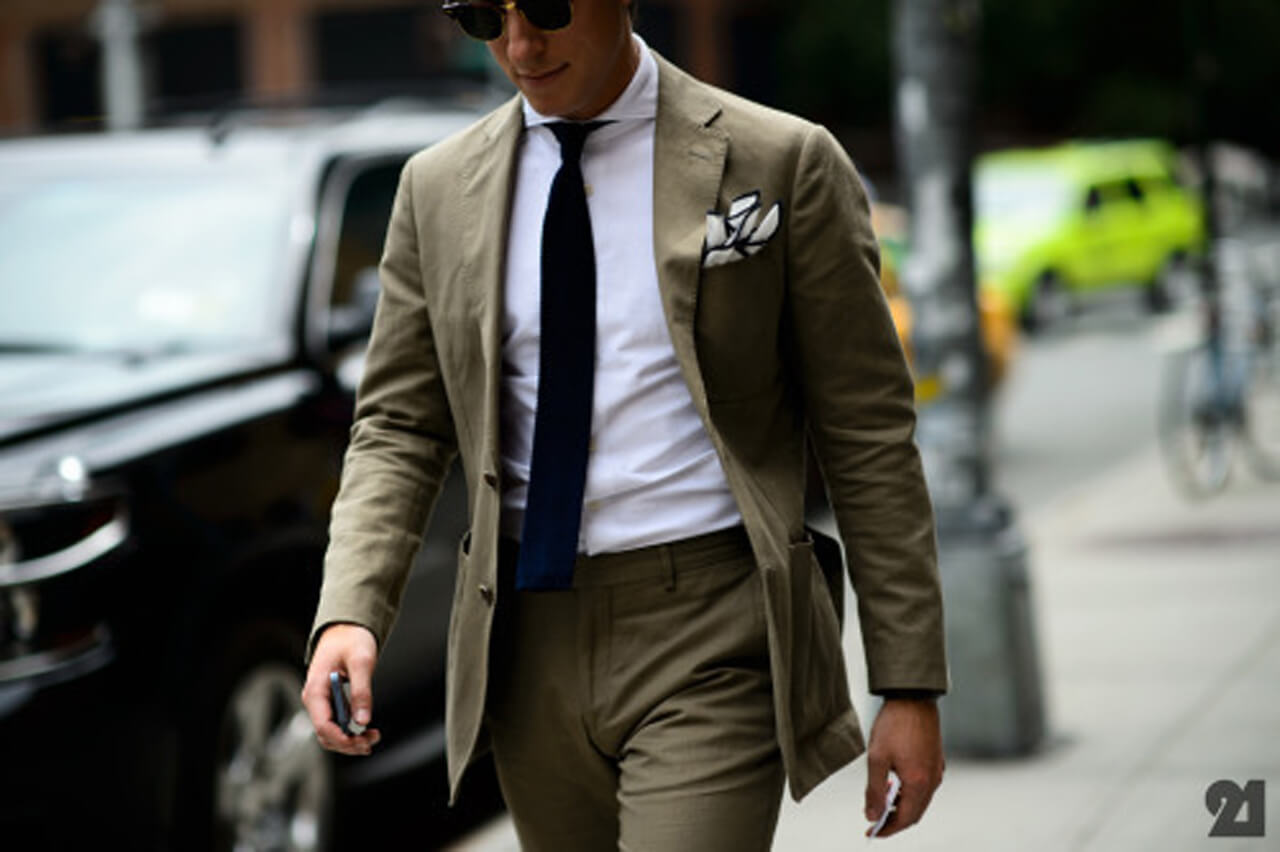
10.High-density NC
High density NC fabric is a kind of fabric blended or interwoven with poly-amide (nylon) and cotton yarn.
The product combines the advantages of nylon and cotton yarn.
The wear-ability of nylon ranks the first among natural fibers and chemical fibers. The moisture absorption of nylon is better than that of polyester, and its wearing comfort and dyeing properties are better than those of polyester. Therefore, the moisture absorption and wearing comfort of cotton yarn will not be reduced when blended or interwoven with cotton yarn.
Nylon has excellent elasticity. After blending or interweaving with cotton yarn, the elasticity of the fabric is improved.
The disadvantage of NC fabric is: due to nylon involved in interweaving or blending, the heat resistance and light resistance of the fabric is poor, pay attention to washing and ironing in the process of use to meet the conditions, so as to avoid damage.
Its most prominent style features: not easy to wear, soft and comfortable, easy to clean.
Do not burn in the sun, do not wring out.
Washing points: Do not dry clean, dry in the dark.
Maintenance method: do not wear the season, set back to the plastic bag flat collection.
Post time: Aug-06-2021

